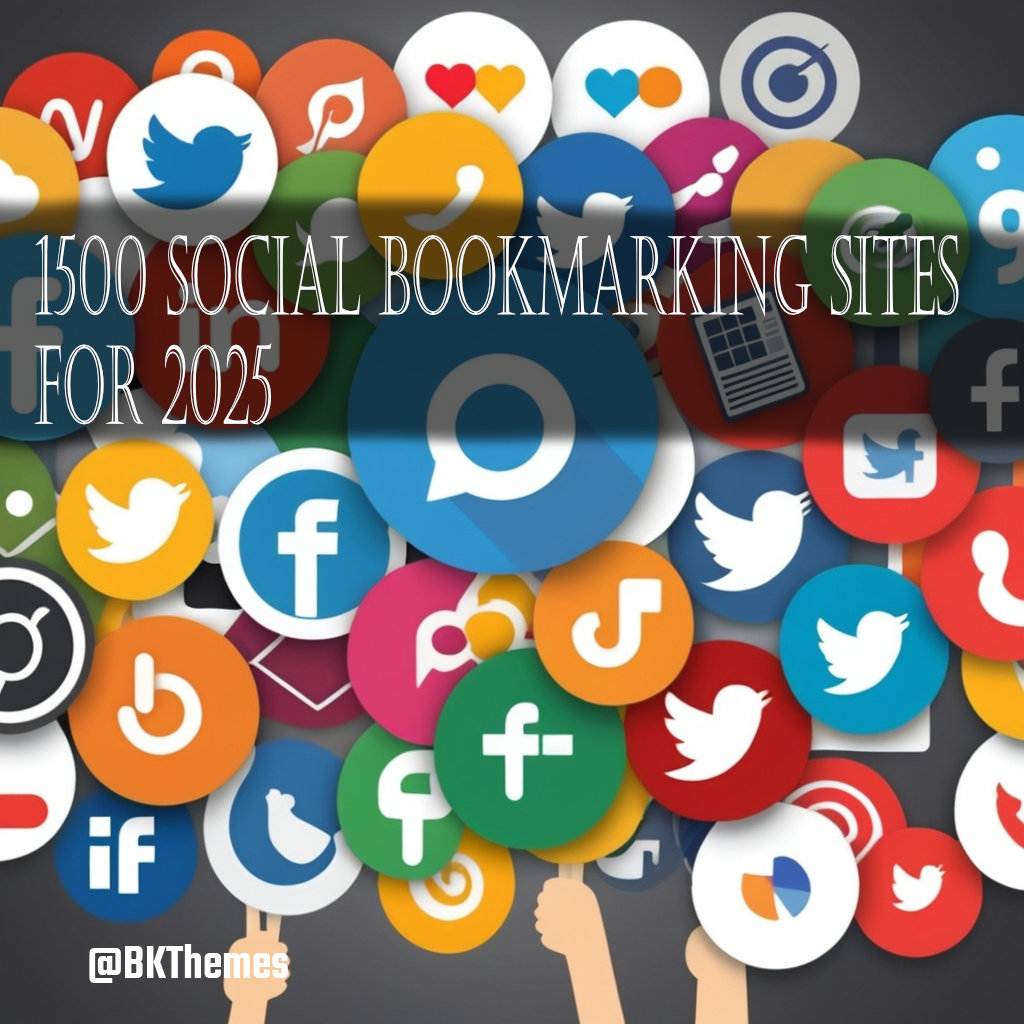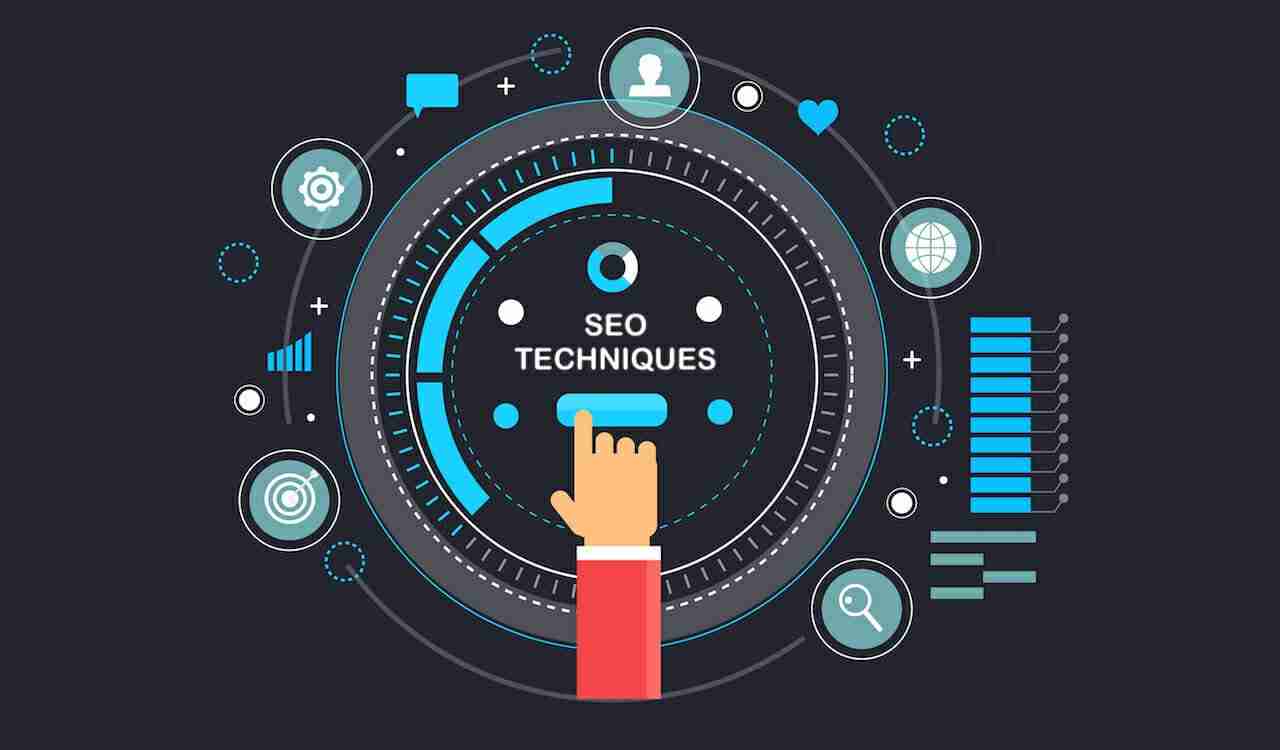
Accessibility in Web Development: 21 Vital Steps to Create Inclusive WordPress & Shopify Sites
In today's digital-first world, websites are a gateway to services, products, education, and more. But what happens when someone with a disability can't navigate that gateway? That's where accessibility in web development becomes essential. Whether you're building a blog on WordPress, managing an online store on Shopify, or designing a web app, creating accessible experiences ensures that everyone can use your site—regardless of ability.
In this comprehensive guide, you'll learn what accessibility means, why it matters, and how to build websites that are not only user-friendly but also inclusive and legally compliant.
What is Web Accessibility?
Definition and Importance
Web accessibility means designing and developing websites so that people with disabilities can perceive, understand, navigate, and interact with them effectively. Disabilities may be visual, auditory, physical, speech-related, cognitive, or neurological.
Who Benefits from Accessible Design
- People with disabilities
- Seniors with reduced vision or mobility
- Mobile users in bright sunlight
- People in noisy or quiet environments
- Users with temporary impairments (like a broken arm)
Accessible websites work better for everyone, improving usability and user satisfaction across the board.
The Legal and Ethical Side of Accessibility
ADA, WCAG, and Global Guidelines
In many countries, digital accessibility is protected by law:
- ADA (Americans with Disabilities Act) in the U.S.
- WCAG (Web Content Accessibility Guidelines) globally recognized standard
- EN 301 549 in Europe
Failure to comply can lead to lawsuits, especially for e-commerce and public-facing websites.
Business Risks of Non-Compliance
Thousands of businesses face legal action each year for inaccessible websites. It's not just a PR problem—it's a real legal and financial risk.
Accessibility as a Core Value
Beyond compliance, accessibility reflects your brand's commitment to equality, inclusion, and customer care. It's not just about doing things right—it's about doing the right thing.
Common Web Accessibility Barriers
Visual Impairments
This includes blindness, low vision, and color blindness. Users may rely on screen readers or magnification tools to navigate your website. Poor contrast, missing alt text, or images with embedded text create significant challenges.
Hearing Loss and Deafness
For users who are deaf or hard of hearing, audio content without captions or transcripts is inaccessible. Podcasts, videos, and voiceovers must offer alternative formats.
Motor and Cognitive Challenges
Users with limited motor control might use keyboards or voice commands. Complicated forms, inconsistent layouts, or flashing animations can create obstacles for those with cognitive or neurological disabilities.
Key Principles of Accessible Web Design
Perceivable Content
Ensure all users can perceive the information presented, regardless of their sensory abilities. This means using alt text, captions, and readable font sizes.
Operable Interfaces
Users must be able to operate your website, whether through a mouse, keyboard, or assistive technology. That includes logical tab order and accessible navigation menus.
Understandable Layouts
Content must be presented in a clear and predictable way. Headings, buttons, and form fields should all follow a logical flow.
Robust Code
Your site should work well with a wide range of user agents and assistive technologies. Clean HTML, ARIA roles, and semantic structure are key.
Accessibility in WordPress
Choosing Accessible Themes
Not all WordPress themes are created equal. Look for themes that are "accessibility-ready" in the WordPress directory. These are tested for compatibility with screen readers, contrast, and keyboard navigation.
Plugins That Enhance Accessibility
Top accessibility plugins for WordPress include:
- WP Accessibility
- Accessibility Checker
- One Click Accessibility
These help fix contrast, skip links, alt tags, and more.
Keyboard Navigation and ARIA Roles
Ensure all elements can be reached via keyboard. Use ARIA (Accessible Rich Internet Applications) roles to describe dynamic content and live regions.
Accessibility in Shopify
Limitations and Opportunities
Shopify themes vary widely in accessibility. Some are optimized, others aren't. Start with a well-reviewed theme and check documentation for accessibility notes.
Using Alt Text and Semantic HTML
Every product image should have descriptive alt text. Use semantic HTML for headings, paragraphs, and lists to make the content understandable to screen readers.
Shopify App Integrations
Apps like Accessibility Enabler and Accessibly provide toolbars, font resizing, contrast toggles, and more. These are especially useful for stores with limited coding ability.
Accessibility vs Usability: What's the Difference?
How They Work Together
- Usability is about how easy something is to use
- Accessibility ensures it's usable by people with disabilities
Both aim to improve user experience, and a site that is both accessible and usable reaches the broadest possible audience.
Improving Both Simultaneously
Clear layouts, readable fonts, responsive design, and logical navigation all support both accessibility and usability—no trade-off needed.
Designing for Screen Readers
Use of Proper HTML Tags
HTML5 elements (like <header>, <nav>, <article>) provide structure and meaning. Avoid excessive <div> and <span> usage.
Skip Navigation Links
Allow screen reader users to bypass repetitive navigation and go straight to content with a "skip to content" link at the top of each page.
Labeling Forms and Buttons
Every input field and button must have a label that screen readers can interpret. Use aria-label, aria-labelledby, or visible <label> tags.
Color and Contrast Best Practices
Accessible Color Palettes
Avoid using color alone to convey meaning (e.g., red for error). Combine with icons, text, or underlines.
Tools to Check Contrast Ratios
Use tools like:
- WebAIM Contrast Checker
- Color Oracle
- Accessible Colors
Aim for a minimum contrast ratio of 4.5:1 for normal text and 3:1 for large text.
Font Size, Readability, and Typography
Minimum Font Guidelines
Your body text should be no smaller than 16px for readability. Smaller text can strain the eyes, especially for older users or those with visual impairments.
Line Height and Spacing
Use a line height of at least 1.5 times the font size. Also, ensure there's enough spacing between paragraphs and list items to prevent cluttered text blocks.
Avoiding Fancy Fonts
Stick to clear, sans-serif fonts like Arial, Verdana, or Open Sans. Avoid decorative fonts, which may look nice but can be hard to read or confusing for screen readers.
Image and Media Accessibility
Writing Effective Alt Text
Alt text describes the content of an image for users who can't see it. Keep it:
- Brief
- Descriptive
- Context-aware
Example: ❌ "Image" ✅ "Woman using a wheelchair entering a library"
Captioning Videos and Audio Descriptions
Always provide:
- Closed captions for spoken content
- Transcripts for podcasts
- Audio descriptions for visual elements that are important to understanding the media
Creating Accessible Forms and Buttons
Clear Labels and Placeholders
Don't rely on placeholder text alone. Every input field should have a visible and programmatically labeled description.
Error Handling and Feedback
Use simple, clear language for error messages, and guide users on how to correct mistakes. Red text alone is not enough—add icons or text cues.
Touch Target Sizing
Buttons and links should be at least 44×44 pixels to be easily tapped on mobile or touch devices.
Mobile Accessibility Considerations
Responsive Design
Your site must adjust gracefully across screen sizes. Use relative units like em, rem, and percentages instead of fixed pixels.
Mobile Screen Reader Support
Ensure headings, landmarks, and forms are logically structured so screen readers like VoiceOver (iOS) and TalkBack (Android) can interpret the layout correctly.
Testing for Accessibility
Manual Testing with Assistive Tech
Try navigating your website using:
- Keyboard only
- Screen readers (e.g., NVDA, JAWS, VoiceOver)
It's a great way to uncover real usability issues.
Automated Tools (WAVE, Axe, Lighthouse)
These tools scan your site for accessibility violations and offer suggestions for improvement.
User Feedback and Accessibility Audits
Real user testing, especially with people who rely on assistive tech, can reveal critical issues that automation can't detect.
Accessibility Plugins and Tools
WordPress Accessibility Helper (WAH)
Adds accessibility settings such as font resizing, contrast toggle, alt tag audits, and skip links.
Shopify Accessibility Tools
Apps like Accessibility Enabler, Accessibly, and EqualWeb offer plug-and-play accessibility enhancements for Shopify stores.
Browser Extensions
Try:
- WAVE (WebAIM)
- axe DevTools
- Color Contrast Analyzer
These help check compliance while browsing or developing.
Maintaining Accessibility Long-Term
Content Updates
Even if your site was fully accessible at launch, adding new images, products, or blog posts may reintroduce accessibility issues. Regular updates matter.
Training Your Team
Teach your content writers, designers, and developers how to keep accessibility in mind during day-to-day updates.
Setting an Accessibility Policy
Outline your commitment, procedures, and responsibilities. This keeps your whole organization aligned on inclusive practices.
Accessibility and SEO: A Hidden Connection
How Accessibility Boosts Rankings
Search engines reward:
- Proper heading structure
- Clear link descriptions
- Mobile-friendly design
These are also accessibility best practices.
Shared Benefits for All Users
Improved speed, usability, and navigation help everyone—especially people with slow internet, outdated devices, or limited tech skills.
Accessibility in Web Development for E-Commerce
Accessible Checkout Flows
A poorly designed checkout process can be a deal-breaker. Make sure:
- Every field is clearly labeled
- Errors are easy to fix
- The entire process works with a keyboard or screen reader
This is especially important for Shopify and WordPress WooCommerce stores.
Navigable Product Listings
Users should be able to navigate product categories, filters, and items without confusion. Use consistent headings, descriptive links, and ARIA labels for dropdowns or dynamic elements.
Inclusive Promotions and Popups
Avoid popups that are hard to dismiss or block the main content. Always ensure promotions are keyboard-friendly and don't trap users on the page.
Cost and ROI of Investing in Accessibility
Development Costs
Yes, building accessible websites may have upfront costs. But integrating accessibility from the start is far more affordable than retrofitting later or facing legal challenges.
Benefits: More Visitors, Better UX
Accessible websites have:
- Lower bounce rates
- Higher engagement
- More return visitors
You open your site to a wider audience, including over 1 billion people globally who live with some form of disability.
Case Studies of Accessible Brands
- Apple: Market leader in inclusive tech
- BBC: Global leader in screen reader navigation and media captions
- Target: Invested in accessibility after a lawsuit and now serves millions better
FAQs About Accessibility in Web Development
What is WCAG and why does it matter?
WCAG (Web Content Accessibility Guidelines) is a set of international standards for web accessibility. It outlines how to make websites usable for everyone, especially those with disabilities.
Is WordPress fully accessible out of the box?
Not entirely. While WordPress core is built with accessibility in mind, some themes and plugins may not be compliant. Choose "accessibility-ready" themes and test your plugins.
What tools can I use to test my site?
Start with:
- WAVE (WebAIM)
- Axe DevTools
- Google Lighthouse
- Screen readers like NVDA or VoiceOver
Can accessibility improve conversion rates?
Yes! Easier navigation, readable content, and a smoother experience benefit all users—not just those with disabilities.
How often should I audit my site for accessibility?
At least every 6–12 months, or whenever you launch a new design or major feature.
Does Shopify support full accessibility?
Shopify has made improvements, but full accessibility depends on the theme and apps you use. Choose themes built with accessibility in mind and test your store thoroughly.
Conclusion: Accessibility Is Everyone's Responsibility
Inclusive Design Is Smart Design
Accessibility in web development isn't just a technical requirement—it's a human one. Every element, from buttons and menus to videos and checkout pages, should welcome everyone, regardless of ability.
Whether you're a solo entrepreneur on Shopify, a developer building custom apps, or a blogger using WordPress, accessibility means treating your users with respect and empathy.
Your Next Steps Toward a More Accessible Web
- Audit your current site with tools and real user feedback
- Choose accessible themes and plugins
- Prioritize clear structure, readable text, and alternative formats
- Keep learning and stay updated on WCAG standards
By making your site more accessible, you build a better internet—one that values inclusivity, equality, and excellent user experience.
At BKThemes, we believe that quality service is paramount. We understand that a successful website goes beyond aesthetic appeal; it requires strategic planning, robust functionality, and effective search engine optimization. Let us partner with you to create a website that not only looks great but also drives significant business growth.
📧 Stay Updated
Get the latest web development tips and insights delivered to your inbox.




